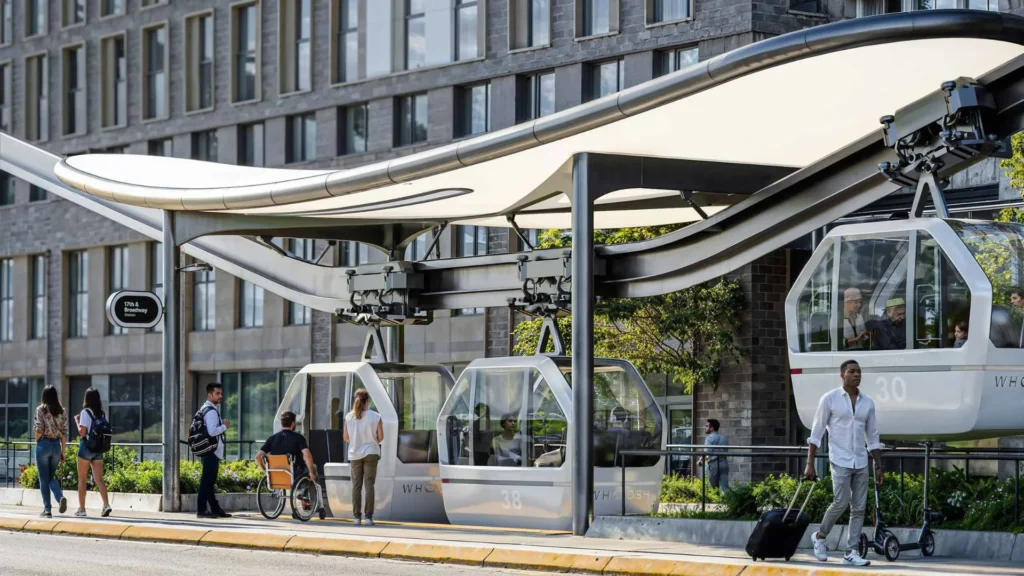
Whoosh develops sustainable air transport system for cities of the future
The system combines autonomous electric vehicles with a modular network of cables and rails, making it possible to overcome urban obstacles.

The system combines autonomous electric vehicles with a modular network of cables and rails, making it possible to overcome urban obstacles.

The collaboration seeks to improve the port in the environmental field, promoting public health and a sustainability model that can be replicated in other regions.
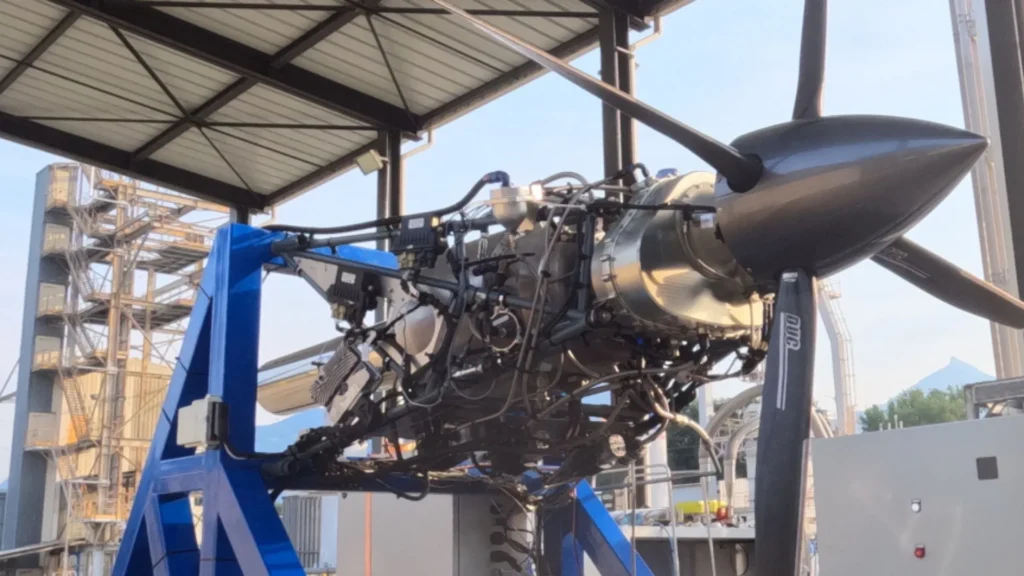
Validity and future of sustainable aviation: Liquid hydrogen turbines for light and efficient flights.
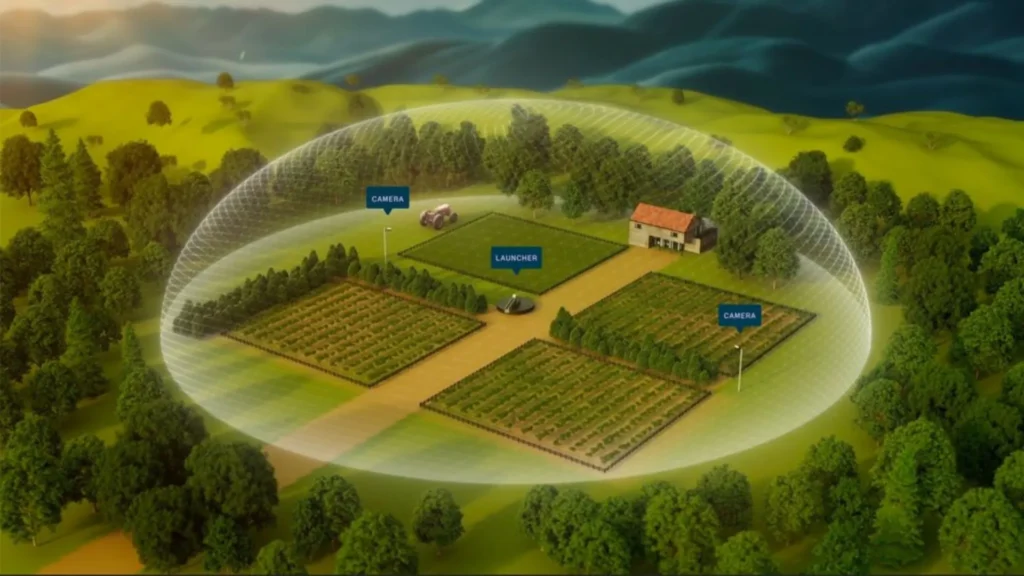
The system uses smart capsules filled with fire retardant, equipped with advanced sensors.

Artificial intelligence makes it possible to personalize shoes by 3D scanning the foot using a mobile camera.
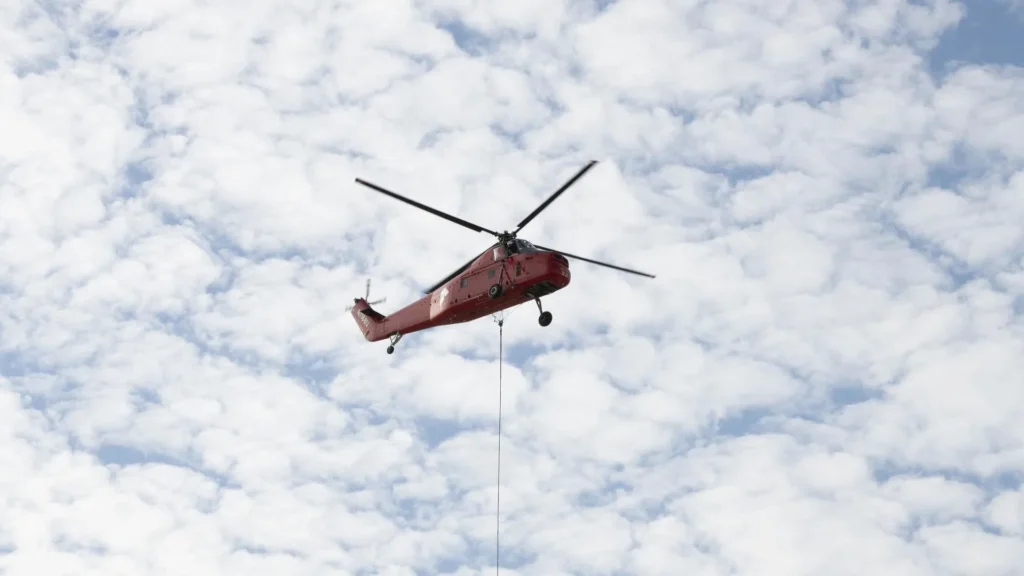
The artifact is 16 feet tall and weighs about 2,500 pounds.
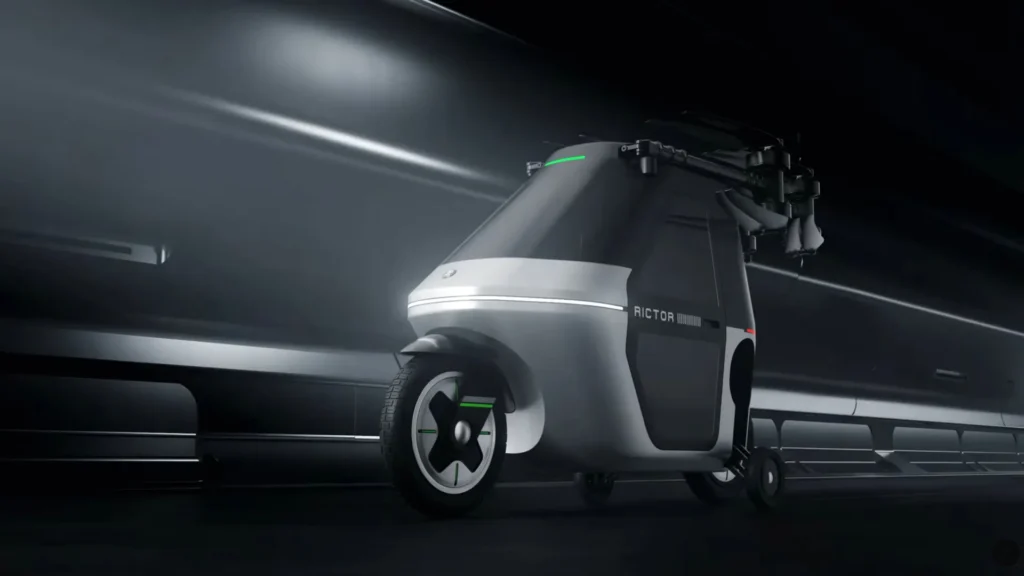
The motorcycle reaches speeds of up to 100 km/h with a flight autonomy of 40 minutes, ideal for urban trips.
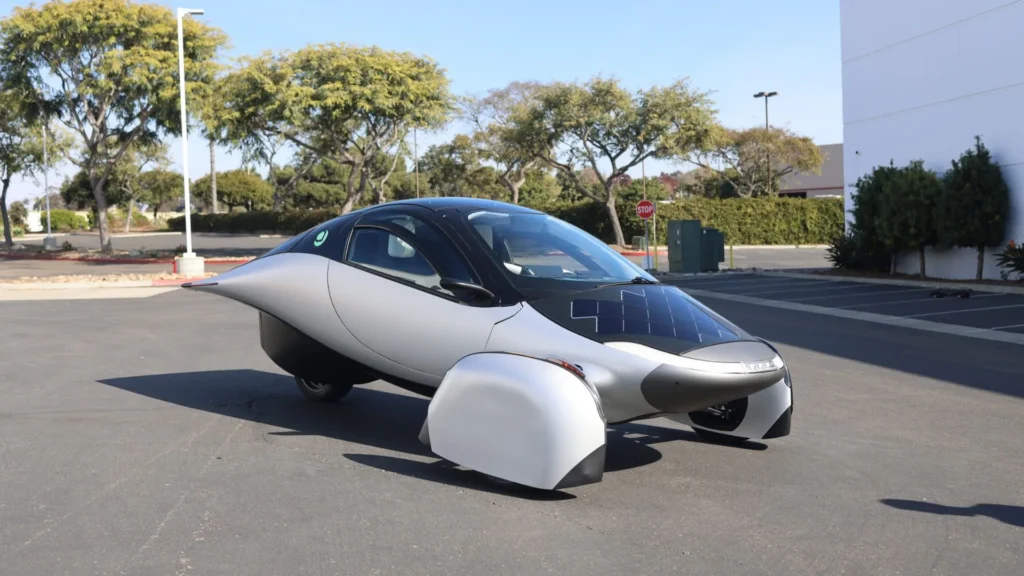
During the CES event, attendees were able to interact with the Aptera team at an immersive booth where details of the innovative vehicle were presented.

Thermoelectric technology converts body heat into energy, allowing portable devices to be powered efficiently.
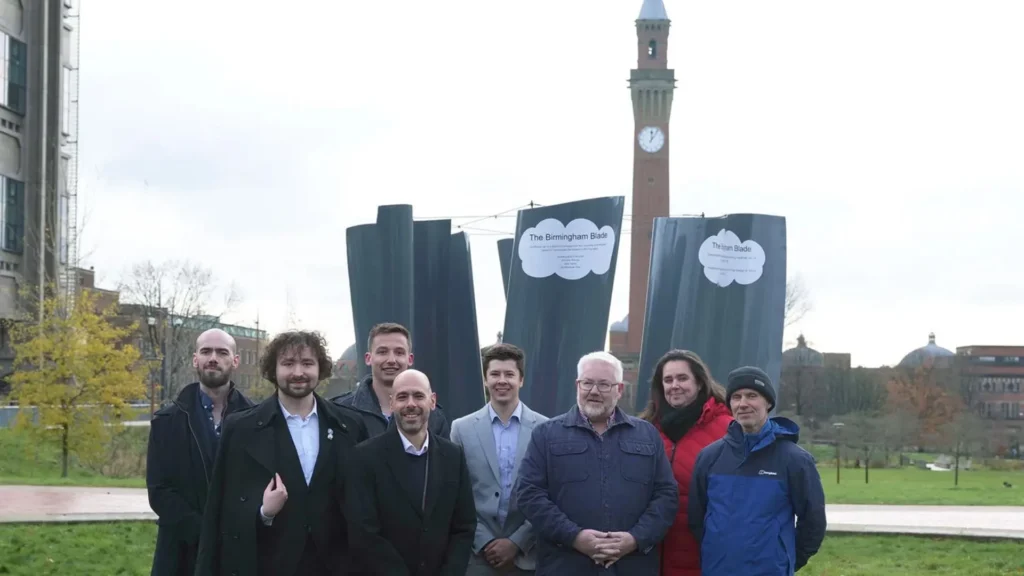
The Birmingham Blade turbine redefines urban wind power with a compact, highly efficient design.
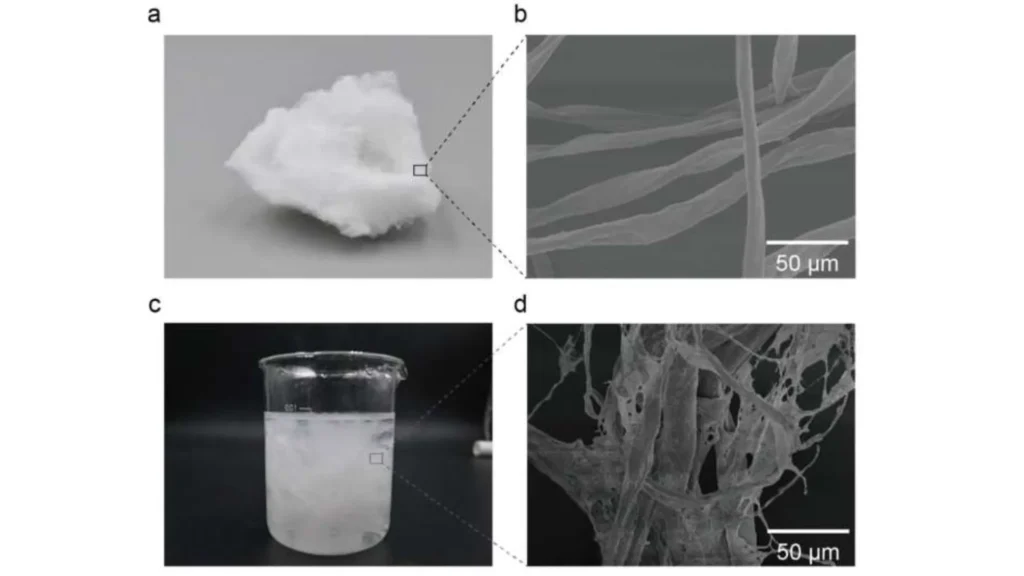
Computational simulations demonstrated that its adsorption mechanism integrates intermolecular interactions, electrostatic attraction and physical capture of microplastics.
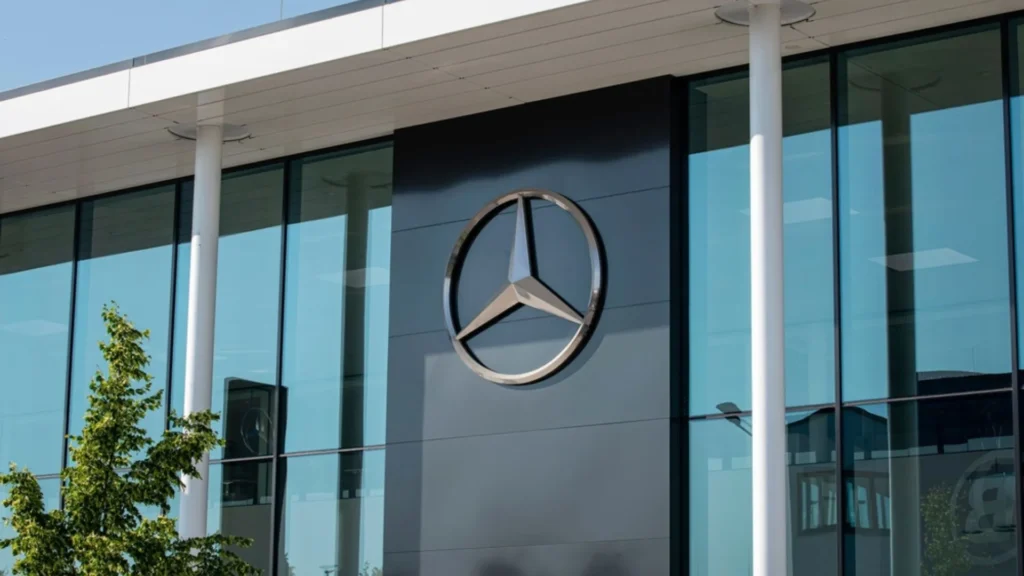
Mercedes-Benz develops solar paint that could increase the range of electric vehicles.